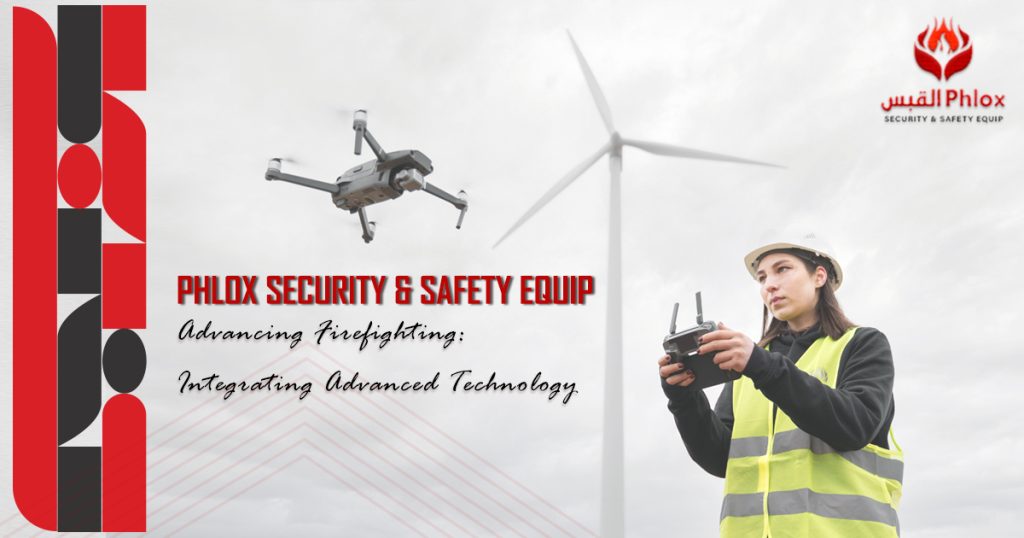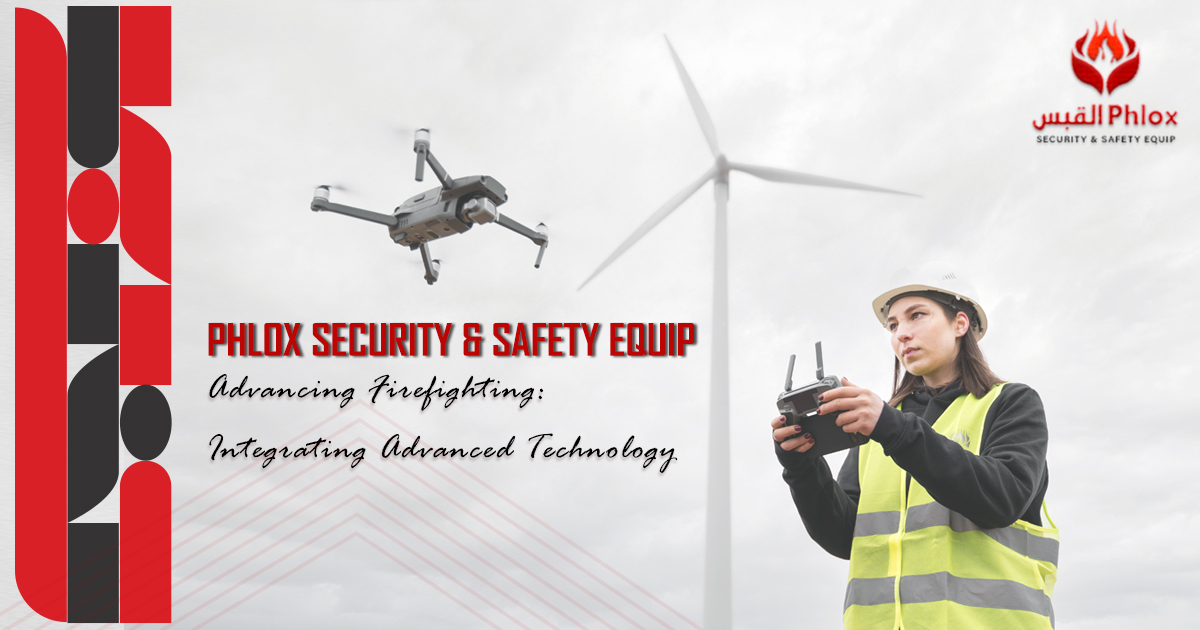
Advancing Firefighting: Integrating Advanced Technology
In the ever-evolving landscape of emergency response, firefighters stand as courageous frontline heroes, confronting flames and chaos to protect lives and property. However, with the emergence of modern challenges, the integration of advanced technology into firefighting systems has become imperative, offering innovative solutions to age-old problems and advancing firefighting systems.
Drones Role in Advancing Firefighting Systems:
Drones, often hailed as the eyes in the sky, play a pivotal role in enhancing firefighting capabilities. These unmanned aerial vehicles (UAVs), equipped with cutting-edge thermal imaging cameras and sophisticated sensors, provide invaluable aerial reconnaissance. By capturing real-time data on fire behavior, hotspots, and potential hazards, drones significantly enhance situational awareness for firefighters on the ground. From identifying the optimal deployment of resources to assessing the effectiveness of firefighting tactics, this aerial perspective revolutionizes firefighting operations.
Artificial intelligence Role in Advancing Firefighting Systems:
Artificial intelligence (AI) algorithms have emerged as powerful tools for fire prediction and detection. By analyzing vast datasets encompassing weather patterns, topographical features, and historical fire incidents, AI-powered systems can accurately forecast the likelihood and spread of wildfires. Furthermore, machine learning algorithms integrated into smoke detectors enable the differentiation between benign smoke and actual fire, minimizing false alarms and expediting response times. This predictive capability not only allows firefighters to anticipate fire outbreaks but also enables proactive measures to mitigate potential risks and protect vulnerable communities.
The Internet of Things Role in Advancing Firefighting Systems:
The Internet of Things (IoT) revolutionizes the monitoring and management of firefighting equipment in real-time. Sensor-equipped fire hydrants and smart helmets outfitted with biometric monitoring capabilities provide firefighters with critical insights into operational readiness and personal safety. By harnessing the power of data analytics, fire departments can proactively identify maintenance issues, optimize resource allocation, and ensure the well-being of their personnel, thus enhancing overall firefighting effectiveness.
The Robotic Systems Role in Firefighting Systems:
Robotic systems, including remotely operated vehicles (ROVs) and autonomous firefighting drones, further expand the capabilities of firefighting teams. ROVs navigate through collapsed structures to search for survivors and assess structural integrity, while autonomous drones extinguish flames in inaccessible areas, minimizing human exposure to danger and maximizing firefighting efficiency.
Lastly, the integration of advanced technology into firefighting systems represents a paradigm shift in emergency response capabilities. By embracing innovation and collaboration, firefighters are equipped with the tools and insights needed to combat fires effectively, safeguard communities, and save lives in the face of modern challenges.



